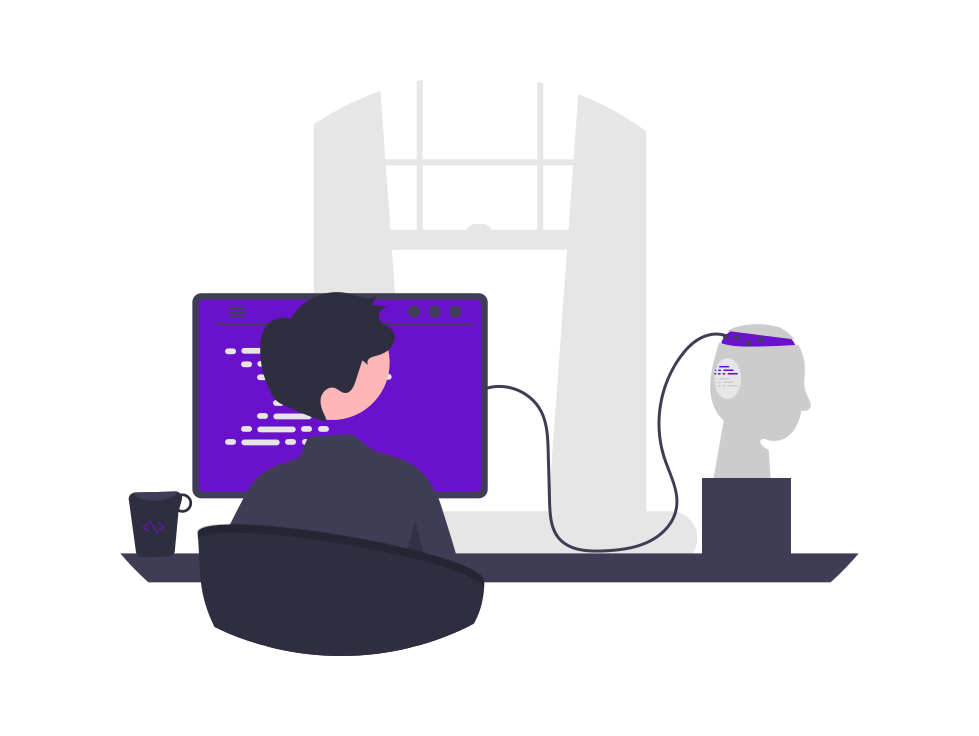In the rapidly evolving landscape of Account-Based Marketing (ABM), the quest for more precise targeting and personalization has led marketers to embrace psychographic segmentation. By understanding the psychological characteristics of target accounts, businesses can tailor their strategies to resonate more deeply with their audience. Artificial Intelligence (AI) stands at the forefront of this transformation, offering innovative solutions to the challenges of psychographic segmentation. This blog explores the pivotal role of AI in enhancing psychographic segmentation for ABM.
The Intersection of AI and Psychographic Segmentation
AI’s capability to process vast amounts of data and identify patterns has revolutionized psychographic segmentation. It enables marketers to go beyond surface-level demographics and delve into the underlying motivations and behaviors of target accounts.
Breaking Down AI-Driven Psychographic Segmentation
1. Data Aggregation and Analysis
AI excels in aggregating data from diverse sources such as social media, website interactions, and customer feedback. This comprehensive data collection is the cornerstone of effective psychographic segmentation.
Insight: AI tools analyze this data to uncover patterns and insights that reveal the psychological traits of target accounts. This includes values, interests, and attitudes that drive their decision-making processes.
2. Natural Language Processing (NLP)
NLP, a subset of AI, enables the extraction of psychographic data from textual content. By analyzing language use in emails, social media posts, and online reviews, NLP can identify sentiments, values, and attitudes.
Insight: Through NLP, marketers gain a nuanced understanding of how target accounts perceive their industry, competitors, and potential solutions, allowing for more refined segmentation.
3. Predictive Analytics
Predictive analytics uses historical data to forecast future behaviors and preferences. AI algorithms analyze past interactions and transactions to predict the likelihood of target accounts exhibiting certain psychographic traits.
Insight: This predictive capability allows marketers to anticipate the needs and preferences of their target accounts, enabling proactive and personalized engagement strategies.
Implementing AI-Enhanced Psychographic Segmentation
Strategic Integration:
- Integrate AI tools with existing CRM and marketing platforms to create a unified data ecosystem.
- Ensure seamless data flow between systems to maintain data accuracy and consistency.
Continuous Learning:
- AI models should be continuously trained and updated with new data to improve accuracy and relevance.
- Regularly review and refine segmentation criteria based on emerging patterns and insights.
Cross-Functional Collaboration:
- Foster collaboration between marketing, sales, and data science teams to align objectives and strategies.
- Share insights across departments to create a cohesive and informed approach to ABM.
Future Trends in AI-Driven Psychographic Segmentation
Enhanced Personalization:
- AI will enable even more granular personalization, tailoring messages and offers to the unique psychological profiles of individual decision-makers within target accounts.
Real-Time Adaptation:
- AI systems will increasingly offer real-time adaptation, adjusting marketing strategies and content in response to immediate feedback and behavior changes.
Ethical Considerations:
- As AI-driven psychographic segmentation becomes more sophisticated, ethical considerations around data privacy and manipulation will take center stage. Transparent and responsible use of AI will be crucial.
Conclusion
The integration of AI into psychographic segmentation is transforming ABM by providing deeper insights into the psychological makeup of target accounts. This enables more precise targeting, personalized engagement, and ultimately, higher conversion rates. As AI continues to evolve, its impact on psychographic segmentation will only grow, offering marketers powerful tools to connect with their audience on a deeper level. Embrace AI-driven psychographic segmentation to stay ahead in the competitive landscape of ABM.


